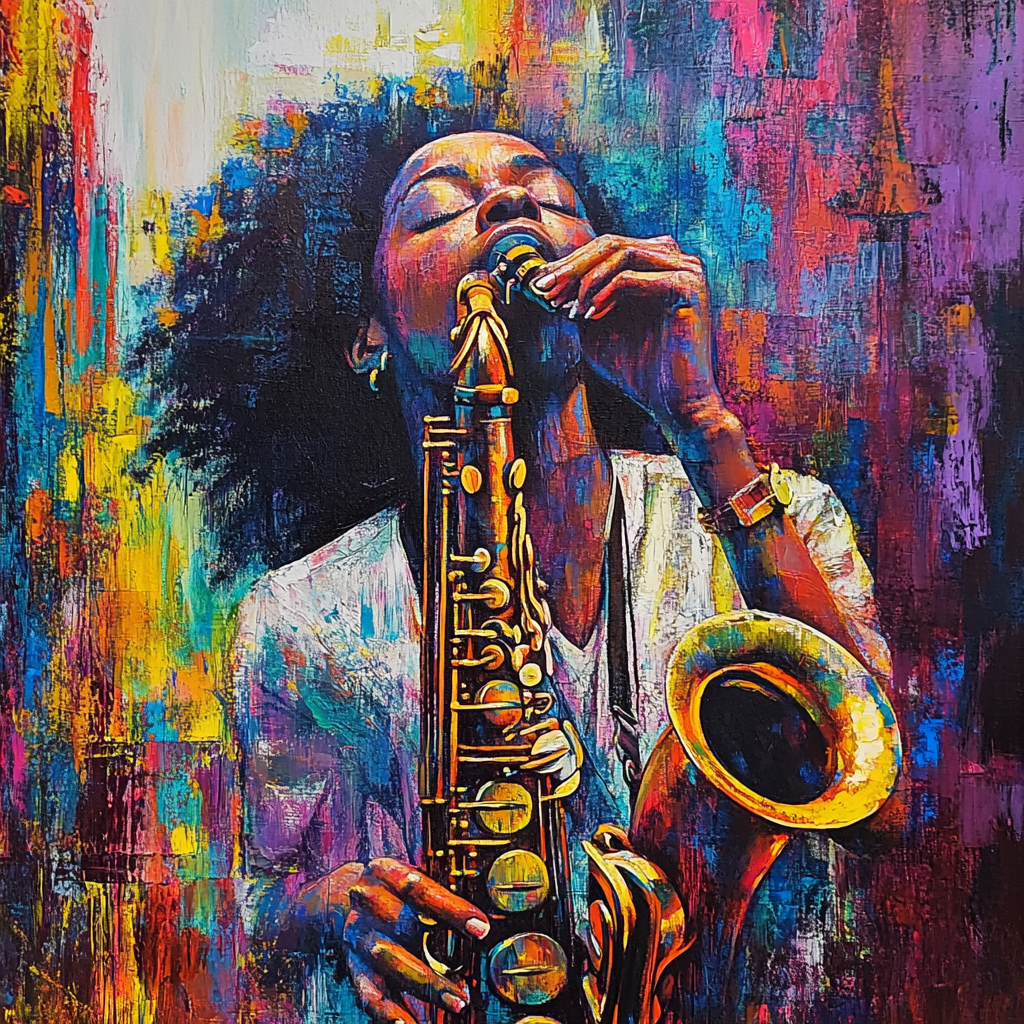Throughout history, Black communities have demonstrated remarkable resilience in the face of unimaginable pain and systemic oppression. A shining example of this resilience is Black joy, expressed powerfully through music and dance. From the colonial era to the present day, these art forms have been not only sources of solace but also tools of resistance, hope, and cultural celebration.
Black Joy During the Colonial Era
During the colonial era, enslaved Africans found profound solace in spirituals such as “Wade in the Water” and “Swing Low, Sweet Chariot.” These songs were not merely melodies but lifelines—expressions of hope, determination, and the pursuit of joy amidst unspeakable adversity. They symbolized a defiance of oppression, reminding enslaved people that liberation was not only possible but inevitable.
Music and dance became acts of quiet rebellion, uniting communities and preserving cultural heritage even in the harshest conditions. They transformed suffering into moments of connection, celebration, and resistance.
The Birth of Jazz: A Testament to Endurance
In the late 19th and early 20th centuries, African rhythms fused with European musical influences to create jazz. Emerging from New Orleans, this genre became an extraordinary testament to Black joy’s endurance.
Pioneers like Louis Armstrong, Duke Ellington, and Jelly Roll Morton elevated jazz beyond the United States, reshaping the global music scene. For Black communities still grappling with the aftermath of slavery, jazz symbolized resilience. It showed the world that joy and celebration could thrive despite systemic oppression.


The Civil Rights Movement and the Evolution of Black Joy
During the 20th-century civil rights movement, music and dance played pivotal roles in fostering Black joy and mobilizing social change. Rhythm and Blues (R&B), with trailblazers like Ray Charles and Aretha Franklin, voiced the struggles, aspirations, and pride of African Americans.
Motown, spearheaded by Berry Gordy, brought Black joy into mainstream America, breaking racial barriers and reshaping the music industry. Hits from The Supremes, Stevie Wonder, and Marvin Gaye reminded the world of the transformative power of Black creativity and joy.
Salsa: A Celebration of Afro-Caribbean Fusion
The 1960s and 1970s saw the rise of salsa, a genre rooted in African, Caribbean, and Latin American traditions. Originating in New York City, salsa empowered Latinx communities, using music and dance to resist discrimination and celebrate cultural identity.
Icons like Celia Cruz and Tito Puente transcended boundaries, spreading salsa’s infectious energy worldwide. This vibrant genre exemplified how joy could unite and empower marginalized communities.
Contemporary Black Joy: Hip-Hop and Afrobeat
Today, Black joy continues to thrive, shaping global popular culture through contemporary music and dance. Hip-hop, born in the Bronx, became a global movement, addressing social issues while embracing joy through rhythmic expression. Artists like Tupac Shakur, Lauryn Hill, and Kendrick Lamar have used the genre to inspire empowerment and resilience.
African dance styles like Afrobeat and Kizomba showcase the enduring evolution of Black cultural expressions. These art forms honor African heritage while celebrating its dynamic influence on the world.
The Lesson of Black Joy
Let’s be clear—Black joy is not about ignoring pain or pretending everything is fine. It is about reclaiming humanity, culture, and hope in the face of oppression. It is a reminder that even in the darkest times, happiness, strength, and unity can flourish.
At Dekolonial Stadtführung, we honor these stories during our tours in the African Quarter, Humboldt Forum, and Schöneberg. Black joy is a beacon of resilience and inspiration, and its legacy continues to teach us the power of community and culture.
Celebrate Black Joy
Black joy is more than a historical phenomenon—it is a present and future reality, reminding us to cherish and amplify the voices of those who inspire hope, connection, and change. Let us learn from it, carry it forward, and honor its profound message of resilience.
Desta – Dekoloniale Stadtführung
+49 152 2108 6724
info@dekolonialestadtfuehrung.de oder info@decolonialtours.com
Du bist Journalist*in und daran interessiert, über uns zu schreiben? Nimm gerne Kontakt mit uns auf.
Impressum | Allgemeine Geschäftsbedingungen | Datenschutzerklärung | © Copyright 2025 deSta- Dekoloniale Stadtführung